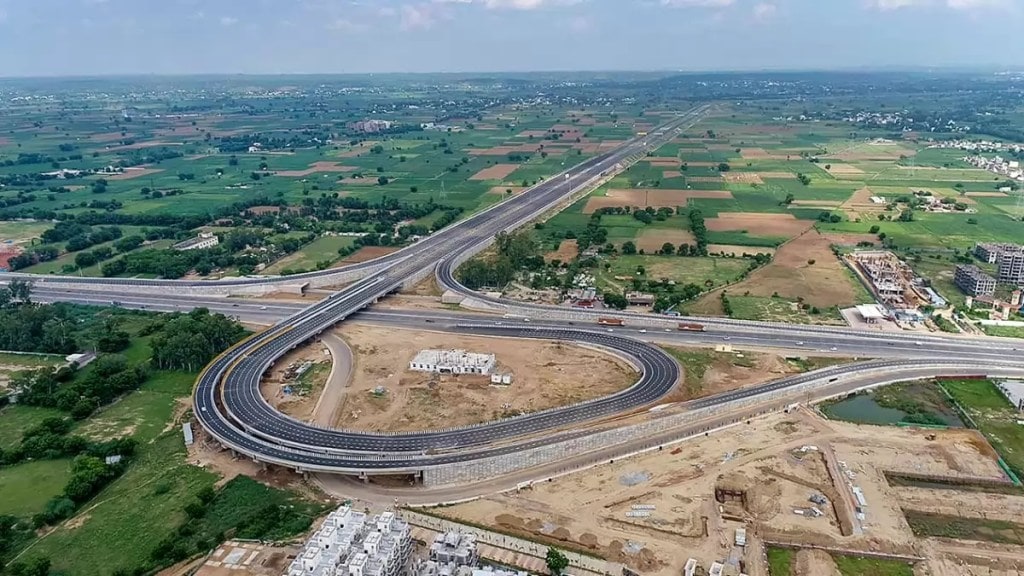The National Highways Authority of India (NHAI), plays a crucial role in developing and managing India’s national highway network. Established in 1988, NHAI acts on behalf of the government, undertaking projects with funding from various sources. These include:
Government Budget: NHAI receives budgetary allocations from the government for highway development.
Borrowings: NHAI borrows funds through internal and extra budgetary resources (IEBR). This practice has been discontinued as of FY 2023-24.
Asset Monetization: NHAI generates additional revenue through monetisation of its assets.
Debt Management: NHAI has a well-defined plan for repaying its debt. Here is a detailed breakdown of NHAI’s past borrowing:
FY – Amount
2018-19 – Rs 61,217 crore
2019-20 – Rs 74,987 crore
2020-21 – Rs 65,080 crore
2021-22 – Rs 76,150 crore
2022-23 – Rs 798 crore (In the fiscal year 2022-23, NHAI garnered a total of Rs. 798 crore from 54EC bonds. Moreover, there is no Internal and Extra Budgetary Resources projected for the subsequent fiscal year, starting from 2023-24.)
NHAI Project Delays:
Despite efforts, 167 projects face delays due to factors like land acquisition delays, tree cutting permits, utility relocation, unseasonal rainfall, local protests, forest clearances, and of course, the COVID-19 pandemic.
The cost rise due to delays varies depending on the project and local factors including price fluctuations. The actual cost increase will only be known after project completion.
Transparency and Accountability:
NHAI collects user fees on the government’s behalf. All NHAI receipts are deposited in the Consolidated Fund of India (CFI), ensuring transparency and accountability. In essence, NHAI remains committed to its mission of providing a robust and efficient highway network for India.

